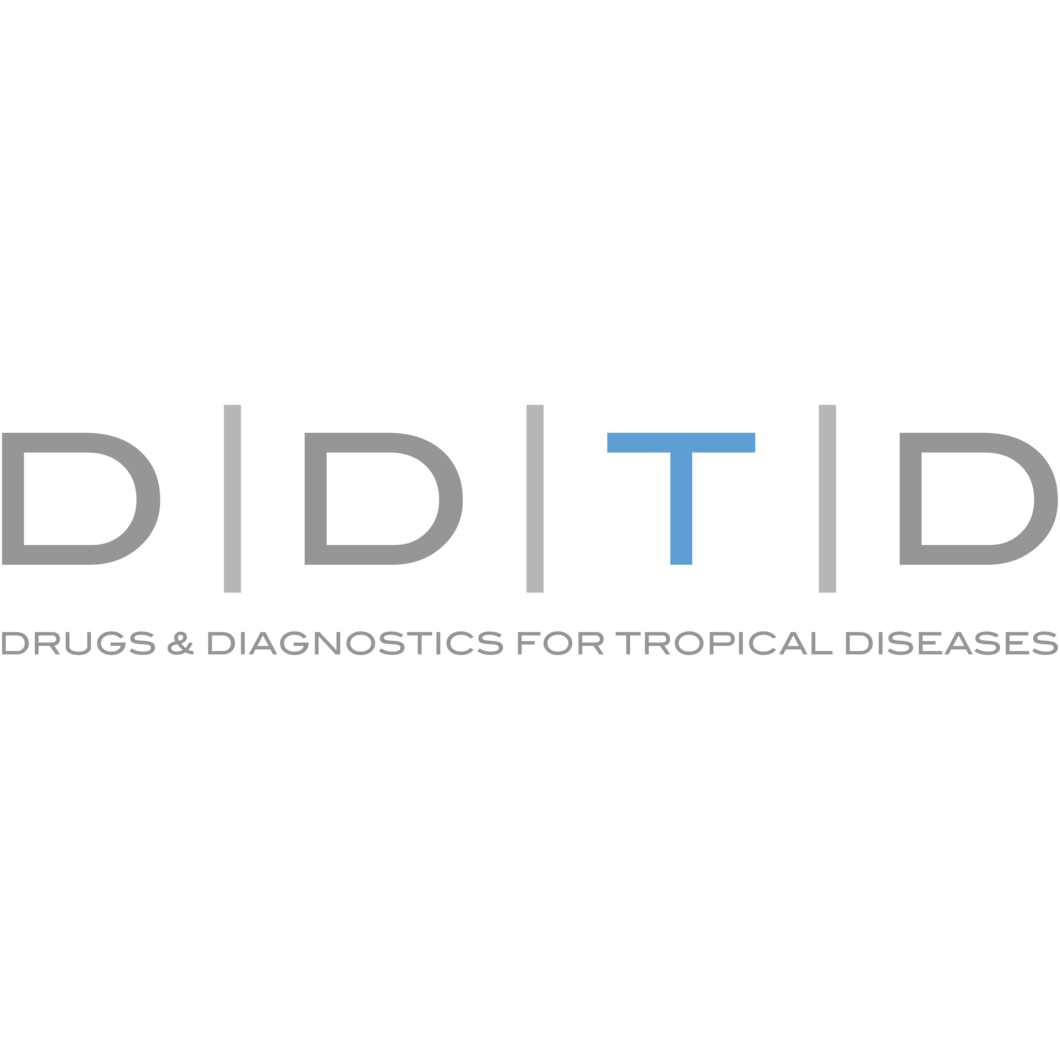current campaign
Buruli Ulcer
Buruli ulcer (BU) is a chronic necrotizing disease of the skin and subcutaneous soft tissue. It is found in about 33 countries, mostly in sub-Saharan Africa, is on the rise in Australia, with a few thousand cases each year. The causative organism, Mycobacterium ulcerans, produces a toxin, mycolactone, which destroys tissue and inhibits local immune responses. The disease commonly starts as a papule, nodule or a plaque and progresses to ulcerations that can be horrific and reminiscent of leprosy. It is therefore paramount to intercept the disease early, especially when considering that the disease can be treated with a simple course of antibiotics. Dermatological signs such as a papule or nodule can be due to all sorts of skin conditions, and there is an unmet medical need for a sensitive and specific rapid diagnostic test. DDTD is proud to have been selected by the Foundation for Innovative New Diagnostics, Geneva, Switzerland, to develop such a test. The project is a collaboration with the Swiss Tropical and Public Health Institute and utilizes cutting-edge nanoparticle technology from our longtime partner nanoComposix.
Source: World health Organization 2012. Treatment of Mycobacterium ulcerans disease (Buruli ulcer): guidance for health workers, ISBN 978 92 4 150340 2


